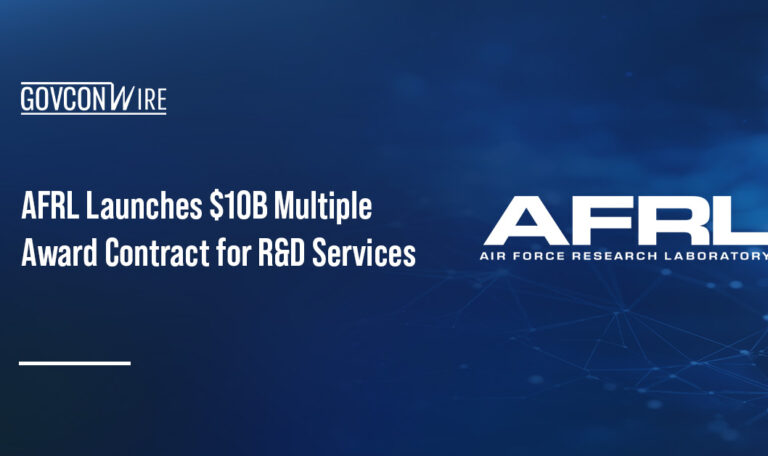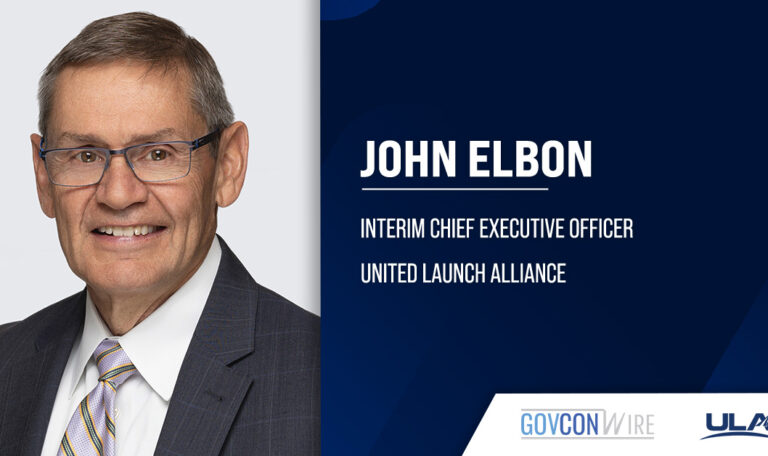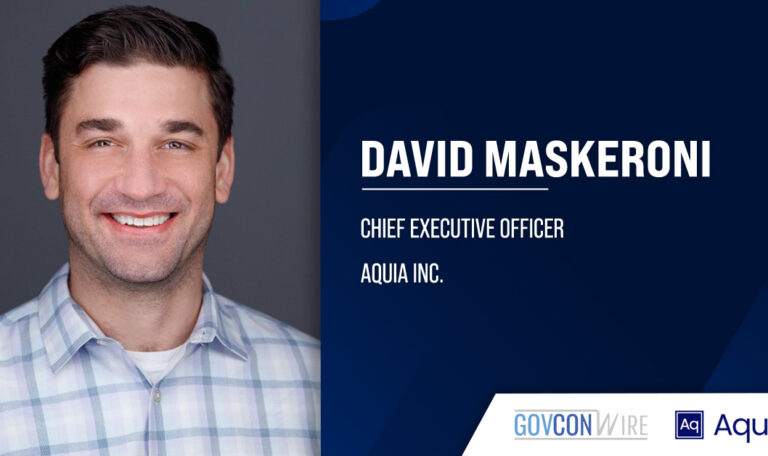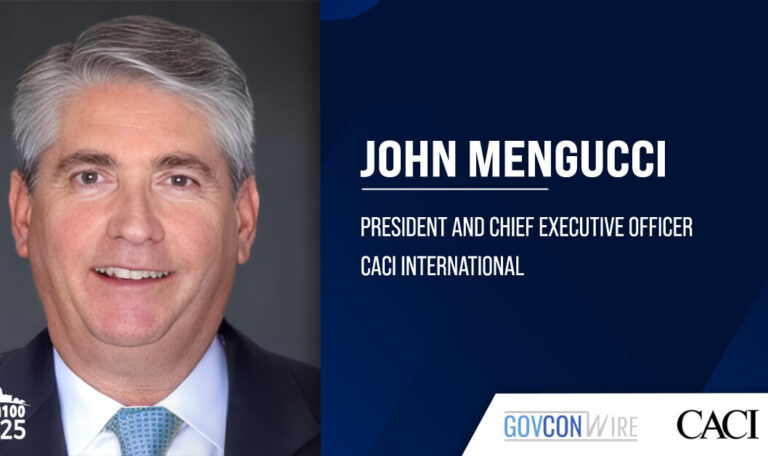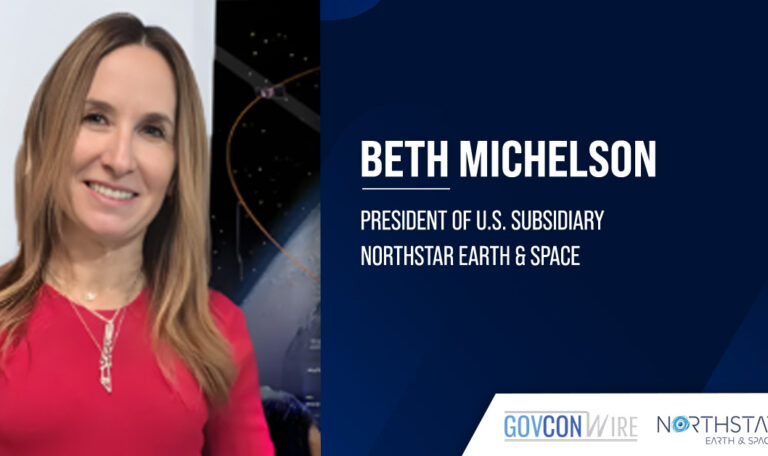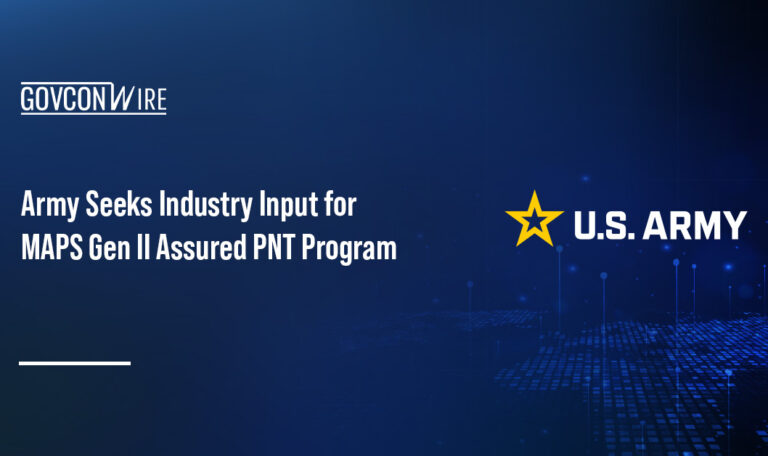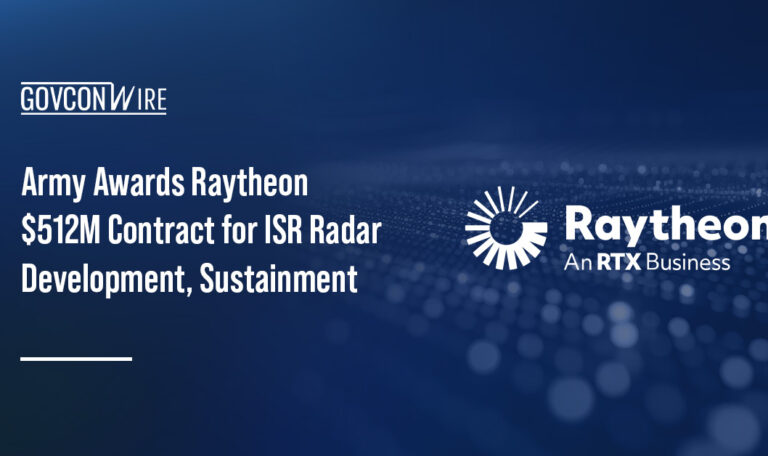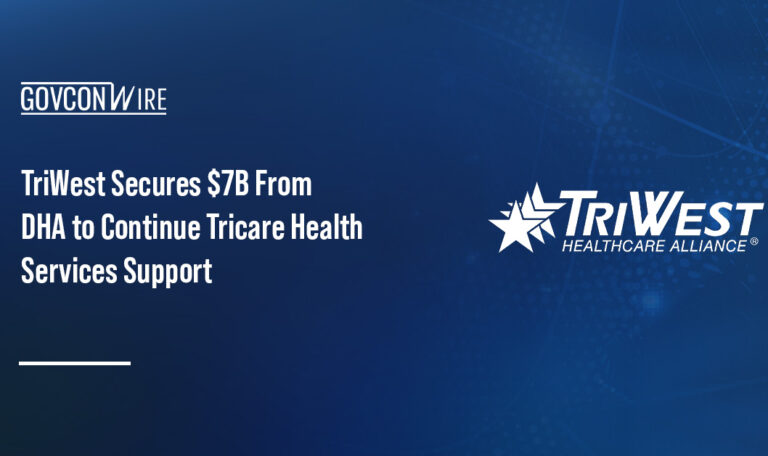
This article was written by Clay Goldwein and John Nemoto of CGI Federal.
U.S. Customs and Border Protection (CBP) earlier this month released its 2020 to 2025 Strategy document which focuses on three main goals, the third of which outlines how the agency will invest in technology and partnerships to confront emerging threats. Based on this reveal, we thought it topical to outline not only the mission-specific challenges that are driving this IT modernization but also ways to help ease CBP™s transition to a secure cloud environment”a.k.a. the true enabler of IT modernization”as it shapes the future of the agency. In this article we™d like to outline what we believe are CBP™s challenges to this new approach, and in part 2, we™d like to follow up with a phased strategy ideally suited to help transition CBP to a hybrid cloud environment.
The opportunity for IT evolution at CBP is vast, as some of CBP™s systems are older and do not adequately support the 24/7 nature of CBP™s mission. Additionally, current systems were not designed to fully leverage the massive amounts of data available to agents and officers today. In this environment, IT modernization is not a luxury, but rather a necessity. For instance, Border Patrol agents would benefit significantly from more integrated, highly available systems with increased accessibility or offline capabilities in remote areas with limited connectivity. This sort of technology needs to be fully portable and connected, fitting on a phone or tablet rather than a laptop; and should help agents and officers collect data seamlessly and turn this data into near immediate tactical knowledge.
CBP™s IT modernization project must help the agency solve those everyday issues in addition to back-office (e.g., financial systems) applications that are sorely in need of upgrades. A shared platform featuring a standardized enterprise architecture will help agents and officers better solve challenges they face every day, as well as unseen ones they will encounter in the future.
While it™s important to implement a results-driven approach, it™s equally important to address the cultural challenges sure to follow in addition to the never-ending slew of legislative and regulatory changes. CBP and its technology partners will need to thread the needle just so to successfully help agents and officers navigate this culture change.

The critical piece to overcoming the cultural challenges will be effective, consistent, and frequent communication with the right people. Within CBP, this process involves opening a two-way dialogue between CBP™s IT community and the Offices that execute the agency™s mission. From the operator at the border who depends on technology to perform their job duties on a daily basis to the Executive Assistant Commissioner who needs the right information to make financial decisions, establishing an aligning narrative across CBP™s strategic, operational, and tactical elements, where all CBP stakeholders œbuy in to the proposed solution, must be performed in parallel with implementation.
CBP will continue to reap the benefit from fully embracing SecDevOps as an incremental approach that can support a transition to implementation of an Agile methodology. Utilizing this approach shortens the systems development life cycle while rapidly delivering new features, adding repeatability and precision with regard to testing new applications. It improves uptime, reduces time to market, and leads to higher quality software while reducing technical debt, positioning CBP to better address evolving challenges on the front lines. SecDevOps can also have a positive effect in the implementation of a cloud environment.
(Clay Goldwein is a vice president at CGI Federal and serves as the company™s DHS sector lead, and John Nemoto, also a vice president, leads the product management and business engineering practices for CGI Federal™s cloud and cybersecurity offerings and services)





